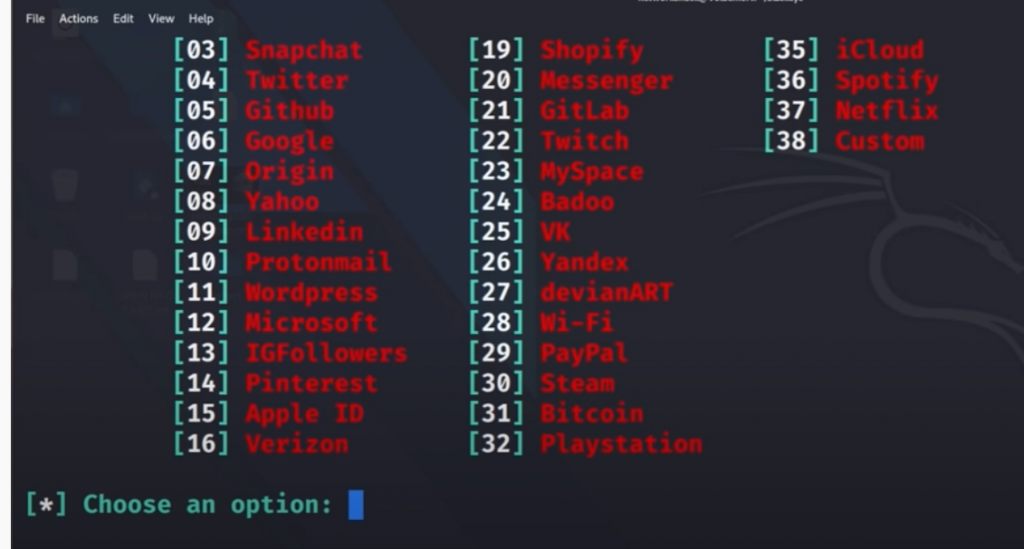Cross-Site Scripting (XSS) attacks are a type of injection, in which malicious scripts are injected into trusted and credible websites. XSS attacks occur when an attacker uses a web application to send malicious code, generally in the form of a browser side script, to a different end user. Flaws that enable XSS to succeed are quite widespread and occur anywhere a web application uses input from a user like a form within the output it generates without validating or encoding it.
An attacker can use XSS to send a malicious script to an unsuspecting user. The end user’s browser has no way to know that the script should not be trusted, and will execute the script unknowingly because it thinks the script came from a trusted source, the malicious script can access any cookies, session tokens, or other sensitive information retained by the browser and used with that site. These scripts can even rewrite the content of the HTML page.
The malicious content sent to the web browser often takes the form of a segment of JavaScript, but may also include HTML, Flash, or any other type of code that the browser may execute. The variety of attacks based on XSS is almost limitless, but they commonly include transmitting private data, like cookies or other session information, to the attacker, redirecting the victim to web content controlled by the attacker, or performing other malicious operations on the user’s machine under the guise of the vulnerable site.
How to Determine If You Are Vulnerable
XSS flaws can be difficult to identify and remove from a web application. The best way to find flaws is to perform a security review of the code and search for all places where input from an HTTP request could possibly make its way into the HTML output. Note that a variety of different HTML tags can be used to transmit a malicious JavaScript. Nessus, Nikto, and some other available tools can help scan a website for these flaws, but can only scratch the surface. If one part of a website is vulnerable, there is a high likelihood that there are other problems as well.
Types of XSS Attacks
- Stored XSS Attacks
- Blind Cross-Site Scripting
- Reflected XSS Attacks










